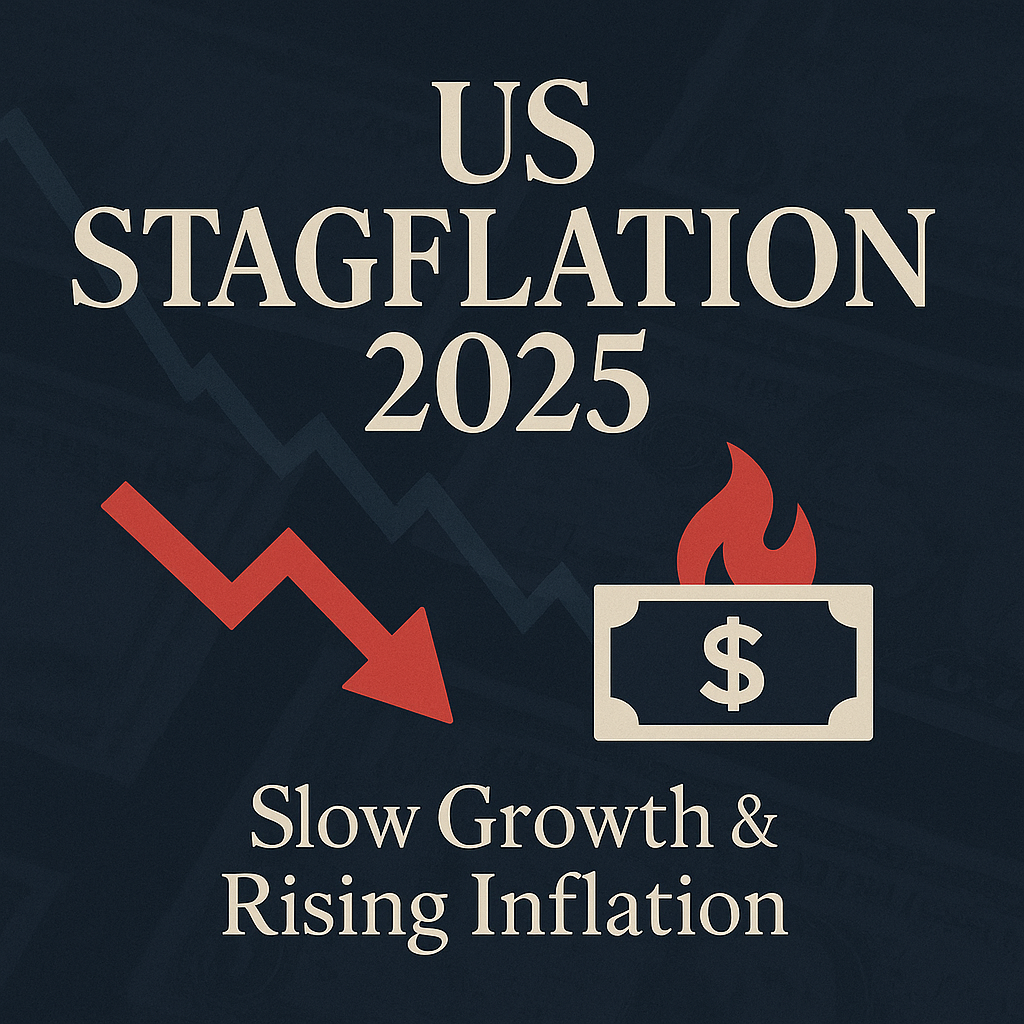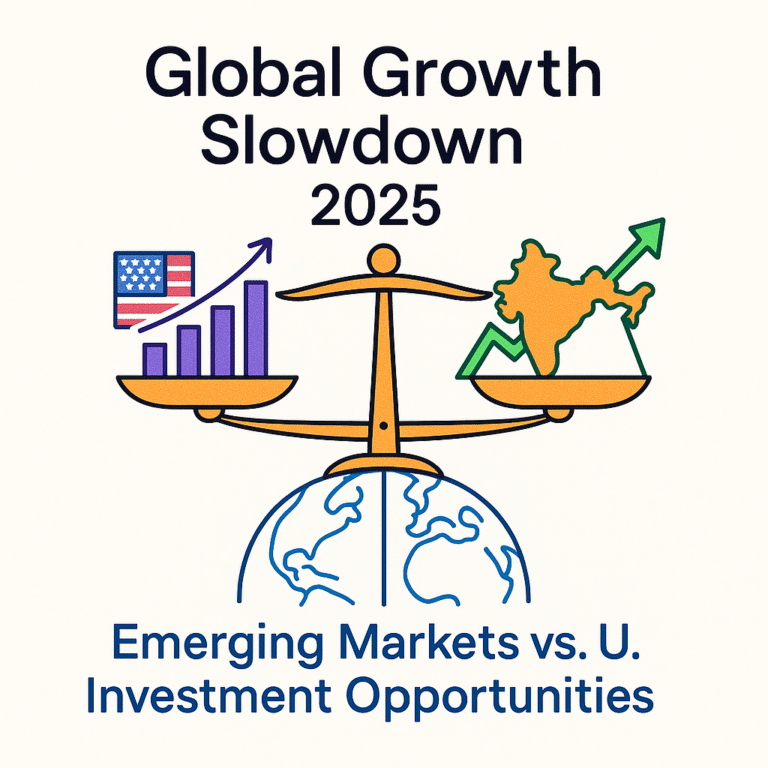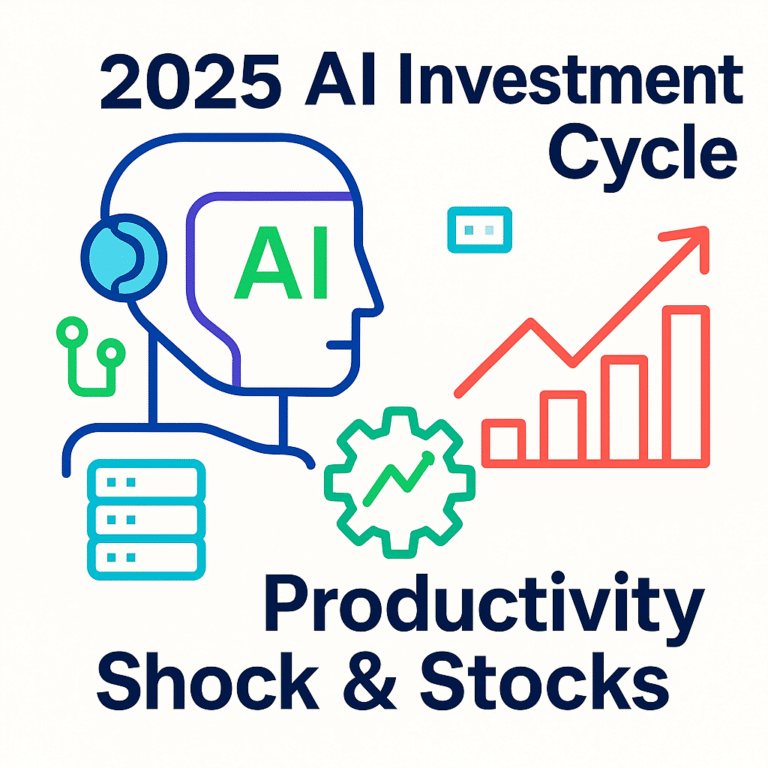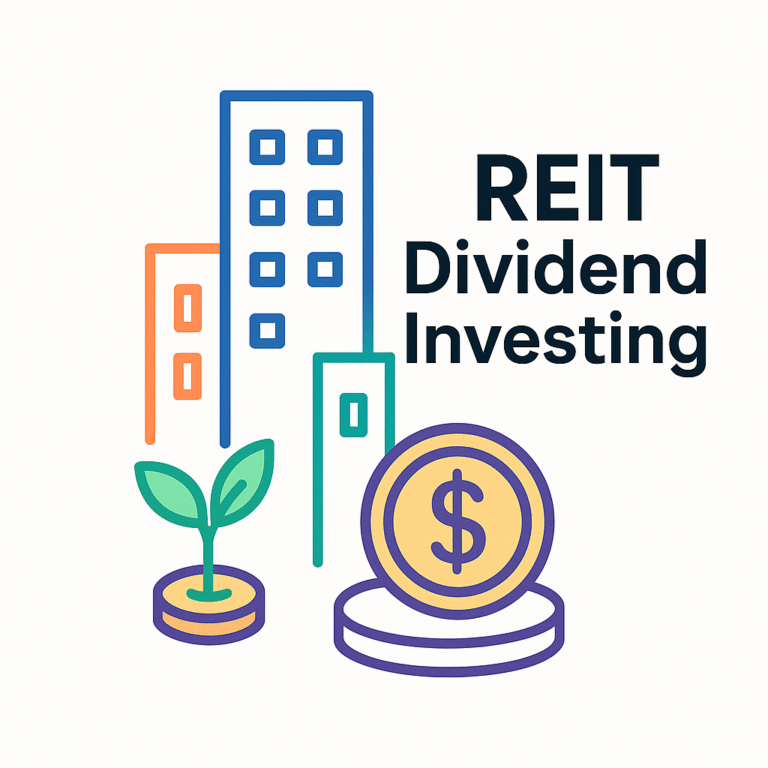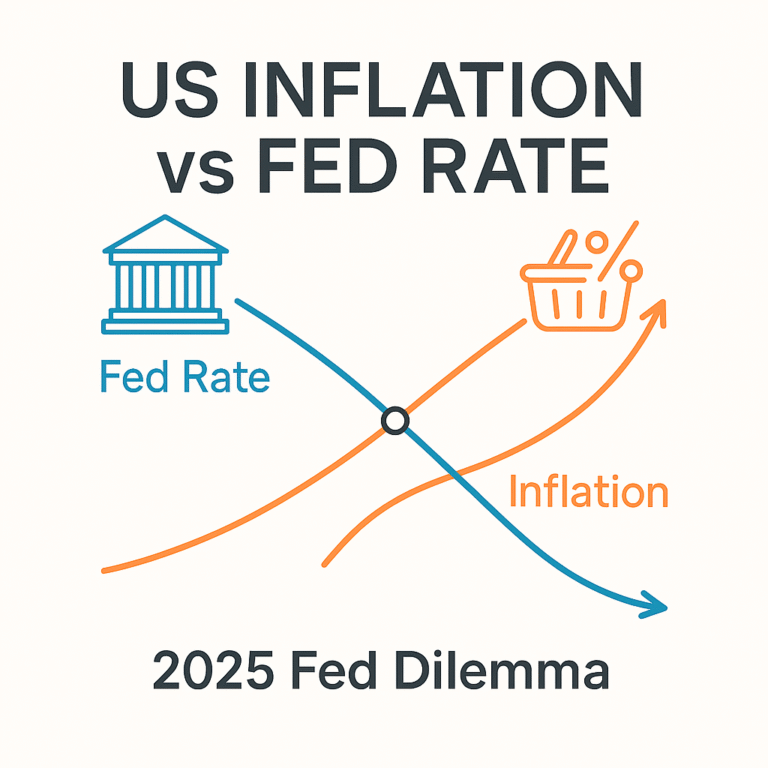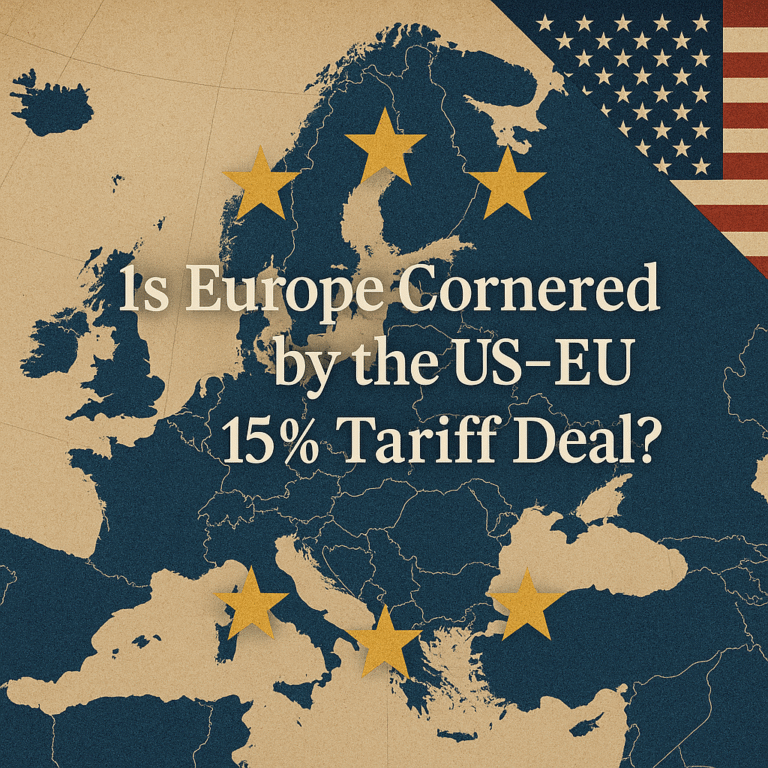U.S. Stagflation Warning in 2025: Is Growth Slowing While Inflation Rises?
The U.S. economy faces the twin pressures of slowing growth and rising inflation in 2025. Explore key data, expert insights, and the risks of stagflation.
Key Takeaways
The U.S. economy faces two threats: slower growth and persistent inflation.
In 2025, growth momentum is fading while inflationary pressures remain stubborn. The Financial Times recently noted that “stagflation is once again becoming a central theme” in the economic debate.
What was once a relic of the 1970s is now resurfacing, backed by hard data and rising concern from both markets and policymakers.
Stagflation Warnings Resurface After Decades
Stagflation defined the U.S. economy in the 1970s, when oil shocks and policy missteps brought weak growth, high unemployment, and rising prices.
Today’s economy is different, but certain parallels exist. Tariffs, labor supply constraints, and global supply chain shifts are creating similar pressures. JPMorgan recently warned that “broad tariff hikes are slowing growth while lifting inflation,” a classic stagflationary shock (Reuters).
GDP Slowdown and Inflation Data Tell a Clear Story
Numbers paint a sobering picture. Apollo Global forecasts U.S. GDP growth at just 1.2% this year, confirming a sharp slowdown from post-pandemic highs.
At the same time, inflation is running hotter. The PCE index rose 2.6% year-over-year, above the Fed’s 2% target. Producer prices (PPI) surged 0.9% in July alone, far higher than expected. If companies pass these costs on to consumers, inflation could remain elevated longer than markets anticipate (The Times).
Experts Sound the Alarm on Stagflation Risks
Leading voices in finance and economics are raising red flags. Torsten Sløk, chief economist at Apollo Global, stated: “Tariff shocks are triggering both slower growth and higher inflation.”
JPMorgan CEO Jamie Dimon echoed that concern, warning that “excessive government spending is fueling inflation while leaving little room for policy response.” Meanwhile, Financial Times highlighted that dollar weakness, labor shortages, and tariffs are combining to intensify stagflation pressures (FT).
These warnings suggest the risks go beyond short-term volatility.
How Consumers, Businesses, and Markets Are Affected
The impact of stagflation ripples across the economy. Consumers face higher prices, which erode real incomes and dampen spending.
Businesses, caught between weaker demand and higher costs, are delaying investment and hiring. This threatens long-term growth. Financial markets are also uneasy. Some analysts, like Stifel, expect the S&P 500 could fall as much as 14% by year-end, urging investors to shift toward defensive sectors.
What Tariffs and Fed Policy Could Mean Next
The future path depends on a few key variables. If tariffs remain in place, costs will continue to climb for both households and businesses. Labor market dynamics will also matter—slowing job creation paired with wage pressure could lock inflation in for longer.
The Federal Reserve adds another layer of uncertainty. Rate cuts, once expected in 2025, are now unlikely in the near term. Many economists see a prolonged tightening stance, which could heighten market volatility and deepen the slowdown.
The U.S. economy in 2025 is caught in a difficult bind: growth is slowing while inflation lingers. Tariffs, labor constraints, and Fed policy are working together to increase stagflation risks.
For investors, the message is clear—this is not the time for aggressive bets but for defensive strategies. Portfolio diversification and careful risk management will be essential.

